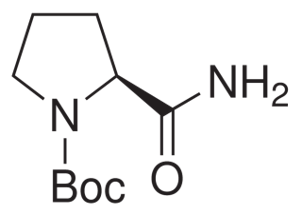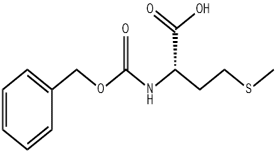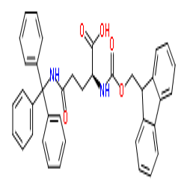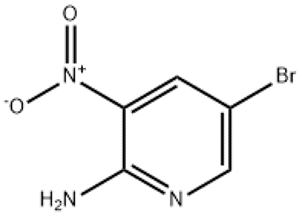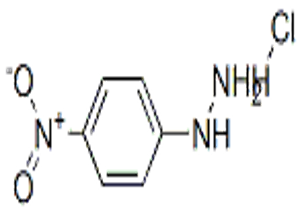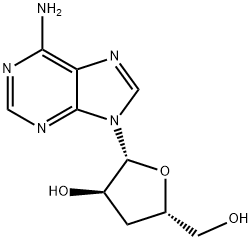D-1-N-Boc-prolinamide(CAS# 35150-07-3)
| Hazard Symbols | Xn – Harmful |
| Risk Codes | 22 – Harmful if swallowed |
| Safety Description | 24/25 – Avoid contact with skin and eyes. |
| WGK Germany | 2 |
Introduction
D-1-N-Boc-prolinamide(D-1-N-Boc-prolinamide) is an organic compound with the following properties:
1. Appearance: White crystalline solid.
2. molecular formula: C14H24N2O3.
3. Molecular weight: 268.35g/mol.
4. melting point: about 75-77 degrees Celsius.
5. Solubility: Soluble in water and some organic solvents, such as chloroform, ethanol and dimethyl sulfoxide.
One of the main uses of D-1-N-Boc-prolinamide is as a chiral reagent for asymmetric synthesis in organic chemical synthesis. It can be used as a building block of a chiral skeleton to introduce chiral information through its chiral center, thereby obtaining chiral compounds. In addition, it can also be used as an intermediate for the synthesis of drugs, pesticides and bioactive molecules.
The method for preparing D-1-N-Boc-prolinamide is usually to react N-Boc-L-proline with tert-butyl chloroformate under alkaline conditions to generate intermediate N-Boc-L-proline methyl ester, and then heat treatment to generate the target product.
Regarding safety information, detailed toxicological studies are D-1-N-Boc-prolinamide lacking. However, in general, routine laboratory safety operations should be followed, and protective measures such as gloves, goggles and protective clothing should be paid attention to when using. In addition, it should be stored in a closed container to avoid contact with oxygen and moisture. If accidentally inhaled or in contact with the skin and eyes, rinse immediately with plenty of water and seek medical help. If waste is to be disposed of, local regulations should be followed. It is best to use and handle the compound under the guidance of someone with a professional background in chemistry.


